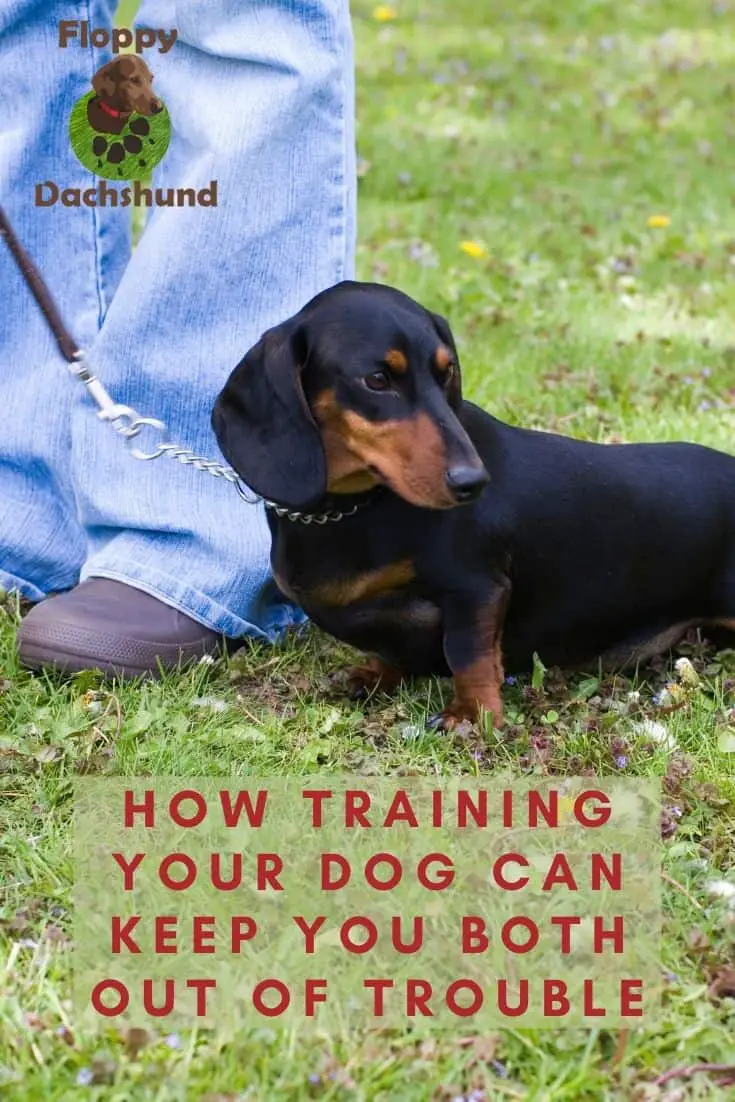Having a canine companion is undoubtedly good for you, and there are a ton of reasons to have a pet. Luckily, the benefits of having a dog outweigh the disadvantages. Some pet owners report that keeping a dog feels a little like parenting, so to “raise” the best companion possible, you must train your dog, otherwise the disadvantages of having a dog could start to outweigh the benefits.
Imagine your dog peeing on your bed. Or chewing your favorite shoes. Or barking in the middle of the night. If these behaviors became habit, it would not be good, right? So, to stay out of trouble, your furry companion needs to be trained. However, the training must be executed well in order for the two of you to be able to enjoy the fruits of your collective labor. For this to happen, you need to train your dog properly, using well-researched methods.

How to Train Your Dog
You may have already heard of many training approaches as the challenges of training a puppy are quite common. With all the information out there, how do you know what works? What are the best methods for training your dog? Naturally, you can enroll your dog in a training program where they will get a proper foundation and learn to understand basic commands. However, your dog will be living with you, so you should put some effort into training them yourself as well.
Toilet Training
The most basic training, and the most important one, is toilet training. This process may take some time and might get overwhelming, but after some time, your dog will understand what you’re trying to teach them if you use the tried-and-true methods.
For starters, try confining your dog to a limited area in the beginning, so your whole house doesn’t turn into a potty-training zone. Your dog will gradually learn that the small area they live in is not for peeing or pooping, and with time, you can expand the area, and gradually, your dog can have free rein in the house without doing their “business” everywhere. However, remember that this is only the first step.
It is best to start your dog’s toilet training when they are young and learning. Three months old is a good time to start training; prior to that, they don’t have much control over their bladder or bowels.
Some other toilet training techniques include:
- Fixed Mealtimes: While potty training, make sure to give your dog food on a schedule. Avoid offering them surprise snacks or other food at different times.
- Multiple Opportunities: At the beginning, give your dog multiple chances to do their business, so they can develop the habit of going when you want them to.
- Choose the Same Spot: For both pooping and peeing, choose the same spot every day to create a sense of habit and familiarity. Your dog will understand the purpose of the spot, and the familiarity will give them a sense of comfort.
- Accompany Them Each Time: When you give your dog the chance to take care of their “business,” they will appreciate it if you stay with them the whole time.
Obedience Training
Again, to reap all the benefits of owning a dog, it is very important that your dog learns to obey your commands. Obedience training is a must and can be accomplished with some fundamental lessons.
Research indicates that a dog can understand more than a hundred words, so at the very least, you can train your dog to understand these five basic commands.
- Sit: This is the most basic command for a dog to understand, so starting with this one is recommended.
- Drop: This command should prompt your dog to drop whatever is in their mouth. Your dog will try to satisfy their curiosity by putting things in their mouth and some of these things could be unhygienic or even dangerous.
- Stay: A dog should stay in one place when asked to do so.
- Heel: This command instructs your dog to stay close to you, something that is very useful in many situations, such as walking your dog without a leash.
- Come: As soon as your dog is able to recognize their name, they should come to you when commanded. This command is also useful for your dog’s safety.
There are many methods for executing obedience training; choose whichever one works for you. Aversive training and reward-based training are two good ones.
Aversive Training: With this method, the training is punishment-based. For example, scolding is one technique, but there are other means of punishment to make your dog eventually follow your commands without having to use these techniques.
Reward-Based Training: As the name suggests, your dog receives a reward when they act according to your wishes. The rewards may range from giving belly rubs or treats to taking your dog for a walk.
In short, you can use any of these methods to get the job done. Choose what will work for you both.
What Not to Do When Training Your Dog
The advantages of training your dog are innumerable. In fact, training is not a choice but a necessity. However, while training your dog, avoid these behaviors if you want to succeed.
- Starting Too Late: There is an age for learning. Once that golden period has passed, it will be more difficult to teach your dog. Training a dog is not only about correcting its behavior but it is about the behavior itself. From the very beginning, start with basic training.
- Being Inconsistent: Training your dog is not a one-time deal. You have to be consistent in your approach. Try training for one thing at a time and go steady at that.
- Don’t Take a Universal Approach: Every dog is unique. Some training techniques might work for other dogs but won’t be suitable for yours. Find out what works best for your dog and stick with this method.
- Being Impatient: Training takes time. Cement this fact in your mind before starting the marathon of training your dog because, if you are impatient during the process, it will only make things worse.
Training your dog will take time, patience, and effort – a lot of it. But in the end, that trained dog by your side will become the most loyal, loving companion.
